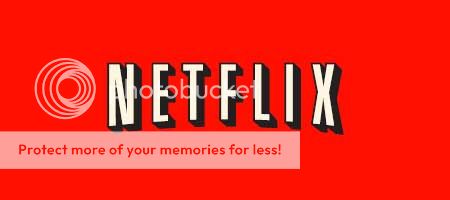 At first, we thought it was a joke—and not a particularly funny one at that. Surely Netflix, one of the most successful and dominant brands in the world, wouldn’t make a bunch of boneheaded moves seemingly tailor made to alienate their customers. Not Netflix. We’re talking about the company that broke Blockbuster, the savvy, smart, forward looking firm that changed the way we consume media.
At first, we thought it was a joke—and not a particularly funny one at that. Surely Netflix, one of the most successful and dominant brands in the world, wouldn’t make a bunch of boneheaded moves seemingly tailor made to alienate their customers. Not Netflix. We’re talking about the company that broke Blockbuster, the savvy, smart, forward looking firm that changed the way we consume media.
And yet here we are. Here we are with Reed Hastings’ shamefaced apology email, sent to millions of customers, explaining that the changes in pricing that had upset so many was only the beginning. Going forward, the DVD rental business would be split off from Netflix, which would continue to provide streaming content.
It’s clear, reading Hastings’ words, that streaming content is central to his vision of Netflix’s future going forward. He’s not alone in believing that eventually, the lion’s share of all entertainment media we consume will be available online. We respect his vision for his industry’s future. What we’re not so sure about is his grasp on the industry’s present.
Customers First: Valuing the Brand/Customer Relationship
We all come hardwired with deep, powerful, unconscious psychological motivators that influence our behavior—as individuals and as consumers. Our company calls these forces Humanistic Drivers. One of the most powerful Humanistic Drivers is the desire to belong to a group or community.
For a long time, we filled the need to belong by participating in community groups, social organizations, faith communities, and the like. Increasingly, though, cultural changes have taught us to switch our attention and our affiliation away from these institutions. Instead, we’re placing a higher premium on the relationship we have with brands.
Netflix became successful because they made it easy for consumers to build a trusting relationship with them. A high level of commitment to superior customer service, a deep and wide ranging product selection, and customized suggestions made customers feel cared about and valued. There was a sense of community: both consumer and Netflix were united in the search for something good to watch on a rainy Sunday night.
That sense of community took a serious hit with Hastings’ latest communications. Surveying recent consumer sentiment reveals that consumers—including some of Netflix’s most devoted fans—feel deceived and lied to. The claim that separating the DVD rental and streaming content will provide better service to customers falls flat. The fragmentation is confusing, and there’s no tangible benefit immediately apparent to the customer.
Netflix built a successful community. Now customers are seriously questioning whether they want to remain members of that community. The service that initially attracted them—renting DVDs by mail without late fees—is now, somehow, no longer relevant to the community they joined? Before making a change to the fundamental operations of your company, it is a good idea to forecast how those changes will be received by your Brand Lovers—those most fervent, loyal customers who contribute the most to your company’s profitability. We’re not getting a sense that this was done here.
Can Netflix recover? Perhaps. But rebuilding damaged relationships takes time and skill. Hastings and the rest of the Netflix leadership team need to begin the rebuilding process by taking a look at why they went so far off the rails in the first place. The damage starts when you stop putting customers first.
